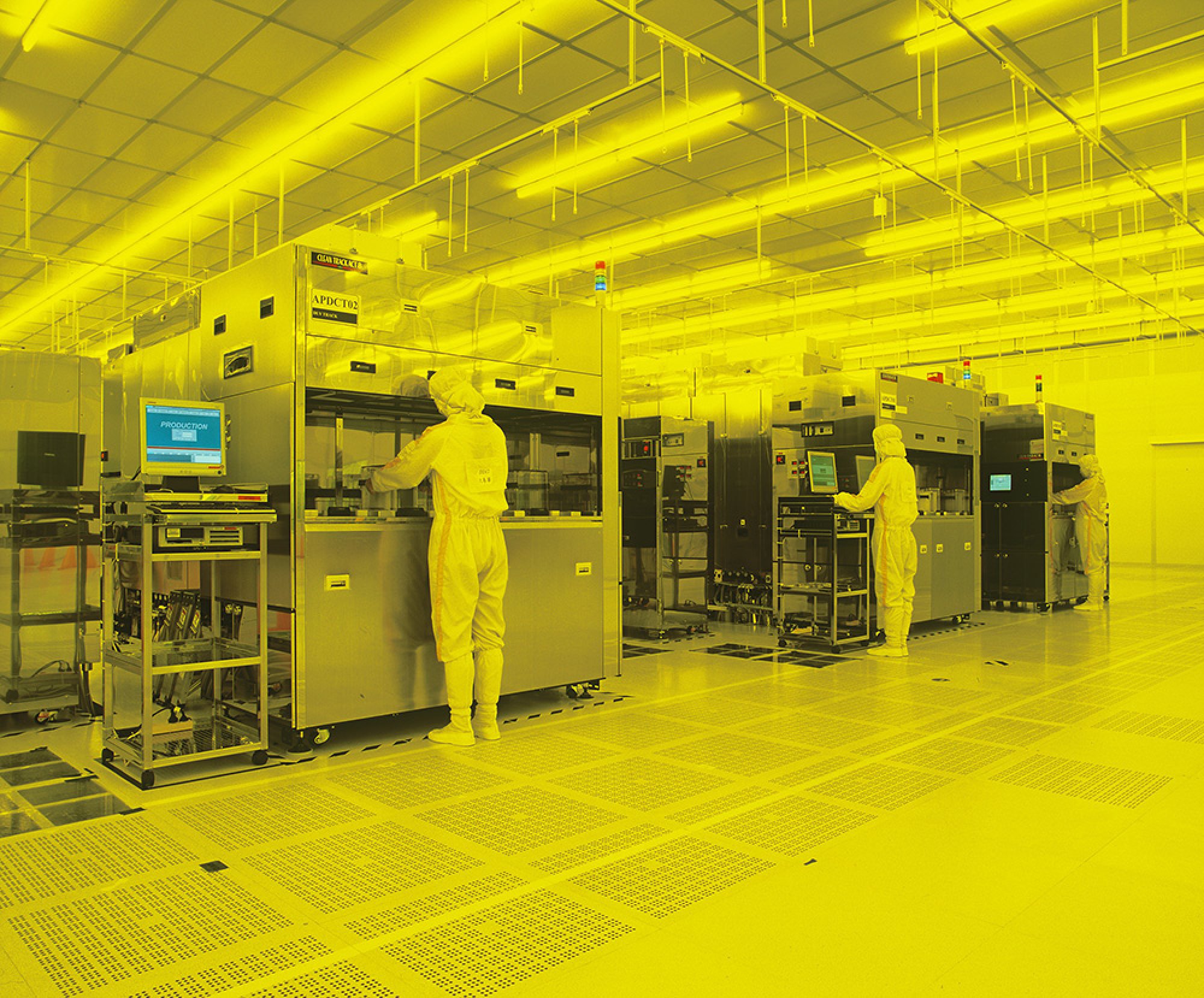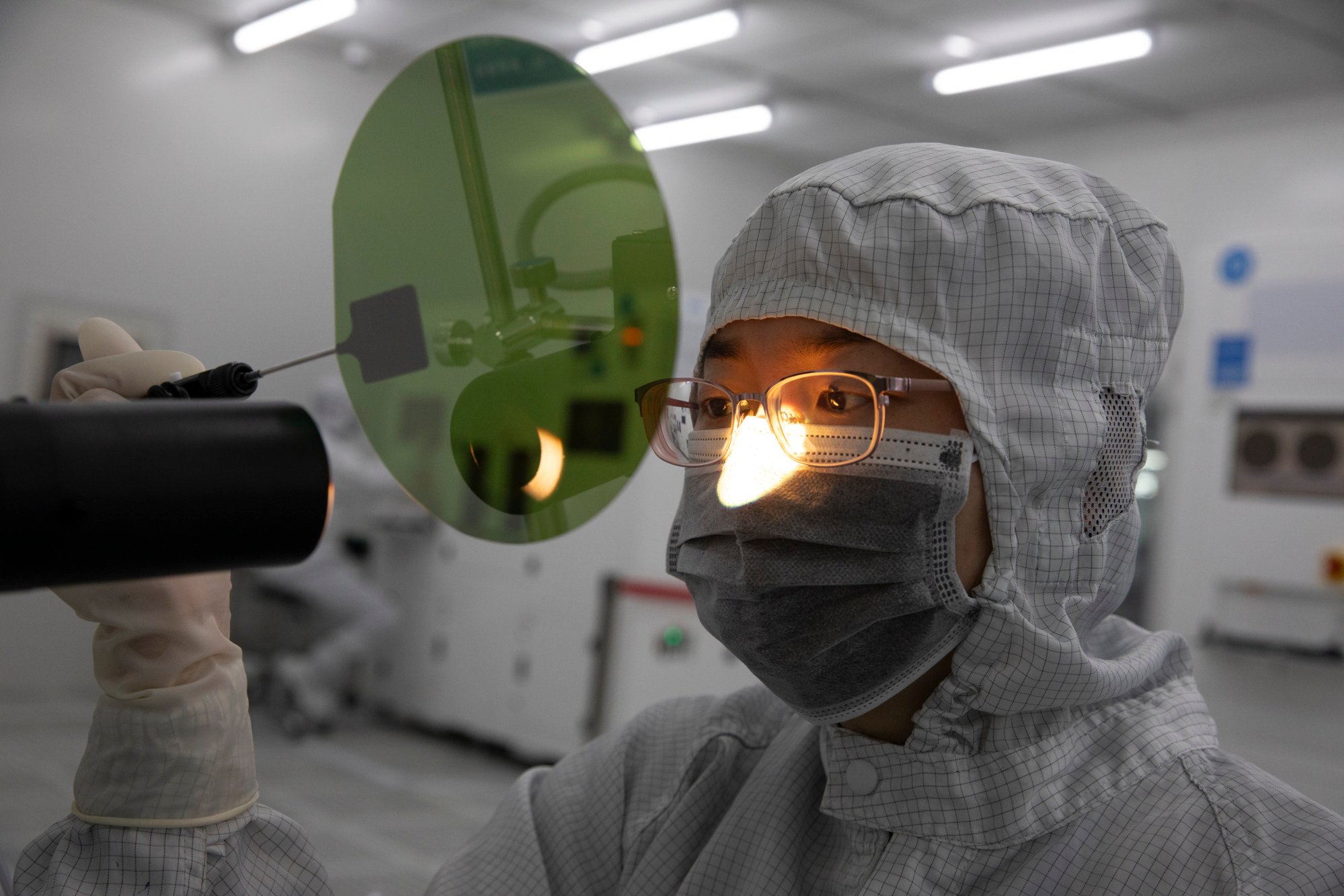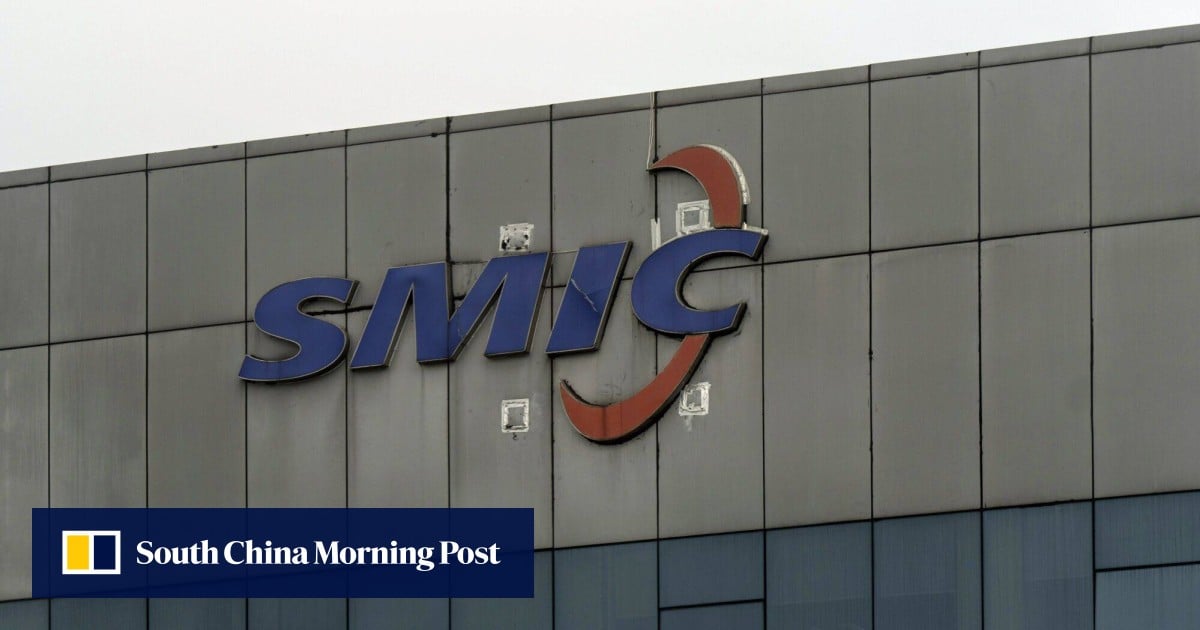Chinese foundries, such as Semiconductor Manufacturing International Corp (SMIC) and Hua Hong Semiconductor Group, are ramping up capacity amid fears of more US tech sanctions, according to an industry report.
While the country’s chip makers lag behind players such as Taiwan Semiconductor Manufacturing Co (TSMC) and Samsung Electronics in chip-processing technology, they are “actively” increasing investment in new capacity to accommodate the demand for legacy chips used in applications such as cars and consumer electronics.
The total capacity of China-based foundries will grow 15 per cent to 8.9 million wafers per month this year, and 14 per cent to 10.1 million next year, exceeding the average global growth of 6 per cent and 7 per cent for the same period, according to a report from SEMI, a US-based industry association.
As a result, China is expected to account for about 30 per cent of the world’s total wafer capacity next year, SEMI said.

“Despite potential risks, China is actively increasing investment to ramp up foundry capacity, partly due to its efforts to alleviate the impact from [US] export controls,” the association said in the report. Chinese chip makers including Nexchip, SiEn (Qing Dao) Integrated Circuits Co, and memory chip maker ChangXin Memory Technologies, are all expanding.
The investment pace has already triggered overcapacity concerns, with Washington firing the first salvo. The Biden administration will apply tariffs to US$18 billion worth of Chinese imports, including a 50 per cent hike on semiconductor imports from China starting next year, to protect the local US chip industry.
“Chinese manufacturers were stockpiling [chip-making] tools in 2023,” Boris Metodiev, a senior semiconductor manufacturing analyst at TechInsights, said during a recent webinar. “Unprecedented demand in China meant that wafer fab equipment sales in China hit an all time high.”
Metodiev noted that sales of semiconductor wafer fab equipment in China last year surged 48 per cent against a worldwide growth rate of 1 per cent. “This means if you exclude China from the equation, all the other regions actually declined 15 per cent,” he said.
Analysts have warned that China’s ongoing expansion plans will lead to production overcapacity over the next two years, potentially undercutting prices if Chinese fabs start selling on the global market.
In the past, China relied on imports for most of its chip needs, but amid a relentless self-sufficiency drive and increased US sanctions, the situation has changed. China imported 479.5 billion integrated circuits (ICs) in 2023, a 10.8 per cent year-on-year decrease, with an import value of US$349.4 billion, equal to a 15.4 per cent decline over the previous year, according to data from the Chinese Customs Administration.

Hua Hong Semiconductor, China’s second largest foundry focused on mature and speciality technologies, has seen its capacity utilisation running at maximum levels and is expected to raise prices 10 per cent in the second half of the year, according to a note from US investment bank Morgan Stanley published last week.
Some lines at Chinese foundries are already operating at full capacity due to high customer demand, according to a TrendForce research note published on Wednesday. It said the traditional peak inventory stocking season in the second half may extend the tight capacity situation until the end of the year, with the price adjustments reflecting efforts to alleviate profit pressure rather than a full recovery in demand.

